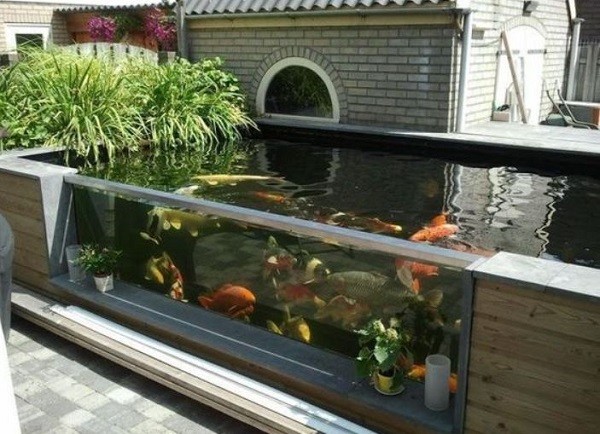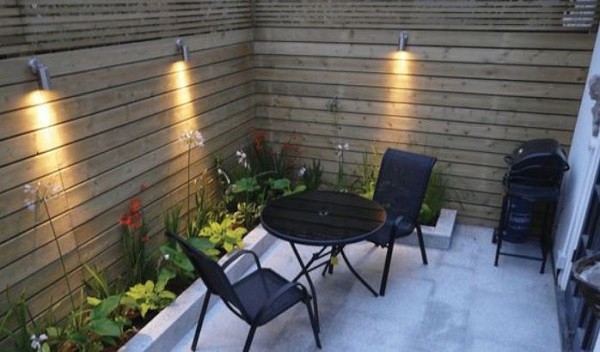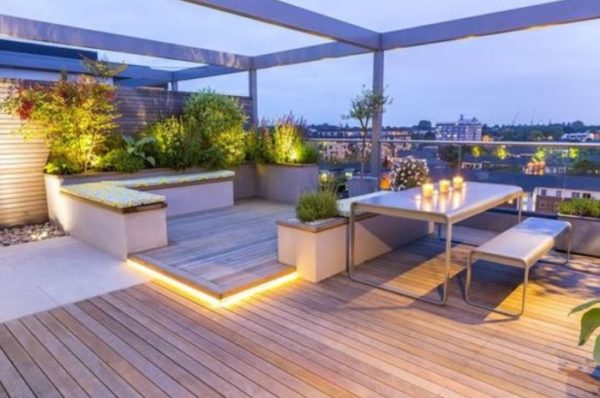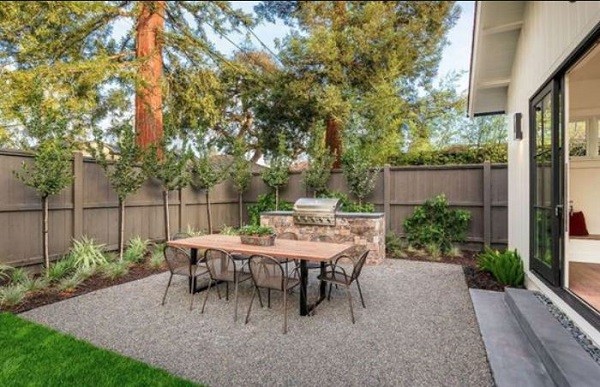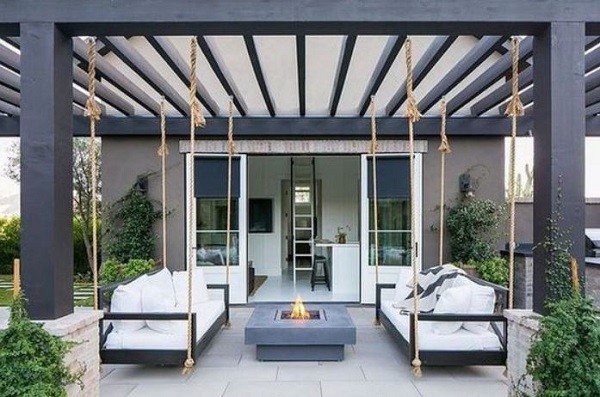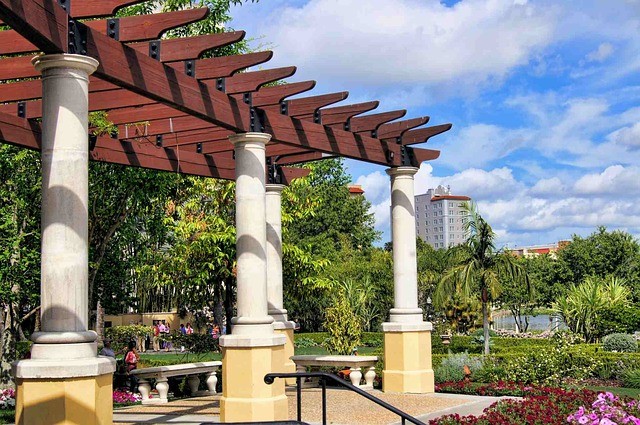Building a small pond is the perfect way to transform your backyard into a relaxing retreat. Small ponds can be as elaborate, or as minimal, as you would like. There are several things that you need to keep in mind when building a small pond.
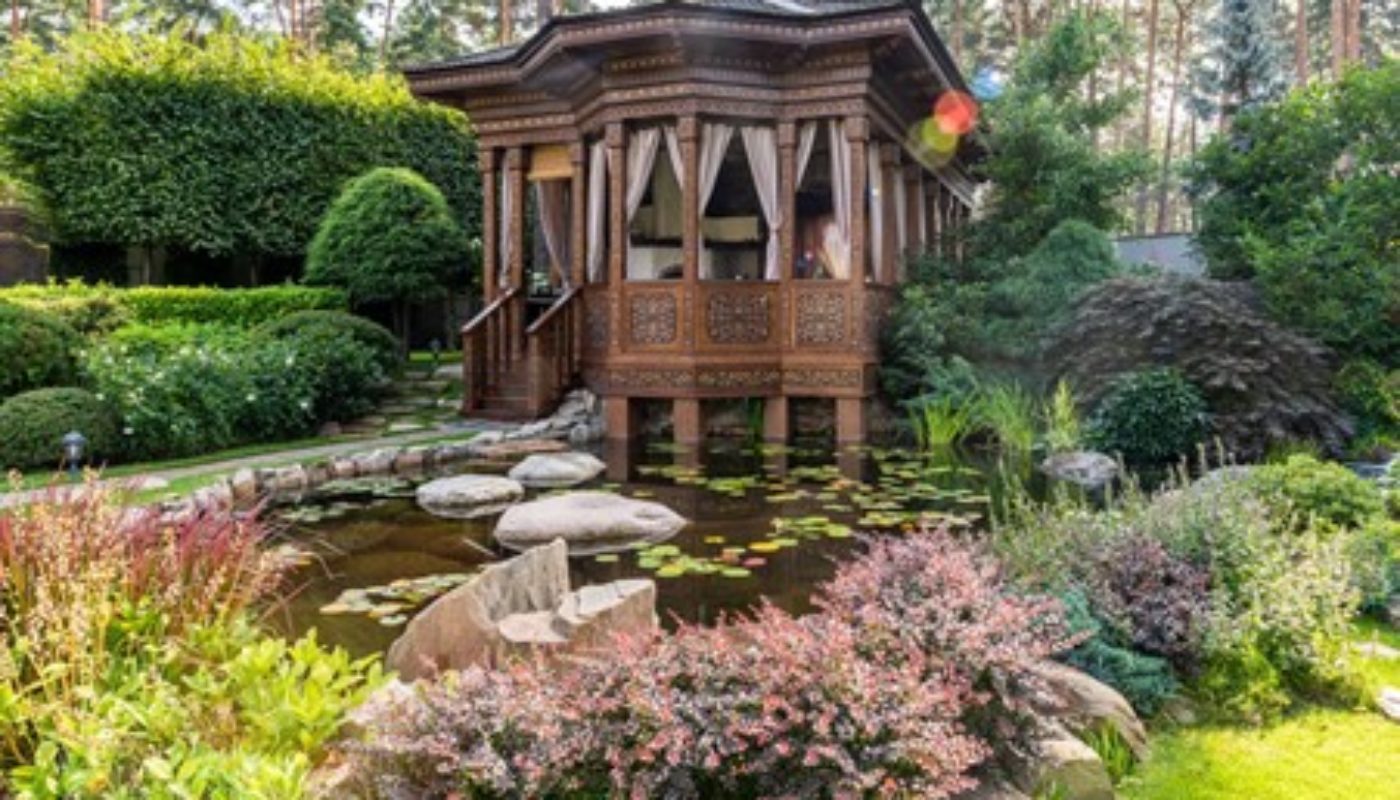
Is it Expensive to Build a Small Pond?
On average, you can expect to spend between $2 and $8 per square foot for small garden ponds. Please remember that this is for the basic pond supplies that you will need for the bottom of the pond.
Costs are dependent on several other factors. A DIY home project is the cheapest route to take. Hiring someone to install your pond will raise the price significantly. Contractors charge double the above price for backyard pond installation.
The size of your pond can make it more expensive. Larger ponds and deeper ponds cost more than shallow backyard ponds.
How you choose to decorate your pond plays an important role in the overall price, too. Flat rocks can be expensive if you do not have them available. Pond plants, small rocks, sand, etc. can raise the price. Decorative pond fountains can also raise the cost but are available in a wide range of prices.
Overall, expect the cost to vary between $1000 and $6000.
How Deep Does a Small Pond Have to be?
A basic backyard pond should be at least two feet deep. Most people choose to build their pond deeper than this.
Ponds with fish will need to be at least three feet deep. Having a shallow pond puts your fish at risk. They could easily become dinner for nearby raccoons and other wildlife.
Deeper ponds are less likely to experience an overgrowth of bacteria. This is one of the primary reasons that people choose to build deeper ponds. Deep ponds require less maintenance overall.
When considering aquatic plants, you need to research the specific type of plant that you plan to put in your pond. Larger plants often require that your pond be at least three feet deep.
What do You Put in the Bottom of a Small Pond?
There are several options for the bottom of a pond with water. They all have their pros and cons.
Gravel is a popular choice. It has enough weight to keep your pond liner in place and provides a natural appearance.
Large rocks are another option. These are easier to work with than gravel. Owners can place them where they would like to increase aesthetic appeal. Large rocks are also less likely to be disturbed by fish in the pond, which cannot be said for gravel or sand.
Sand is a great option as well. However, it does tend to have more drawbacks than the other options. It is easily disturbed, which can give small ponds a muddy appearance if there are several fish in the pond. However, a layer of sand is typically the cheapest option.
Can You Fill a Pond with Tap Water?
Tap water is often preferred over rainwater, particularly if you live in an area with a lot of pollution. That pollution will be found in your rainwater.
Tap water offers a great alternative, but it does have chlorine in it. The chlorine found in tap water can kill bacteria that are important for your pond. Make sure that you dechlorinate tap water and let it sit for at least 24 hours before adding it to your pond.
How to Keep Pond Water Clear
Keeping pond water clear guarantees that you have a beautiful pond that fish and aquatic plants will thrive in. To do this:
– Make sure that you have a properly sized pump for the size of your pond
– Avoid feeding fish in a fish pond too much to keep the pond clean
– Use a net to remove debris from your pond
– Invest in floating plants with leaves, such as water lilies, to help prevent algae growth
When you use a combination of these methods, your pond water will stay clean.
Learning to build your own pond requires a bit of work. First, design your pond while keeping your budget in mind. Then, maintain your pond to enjoy your property having an aesthetic appeal that remains unrivaled.
